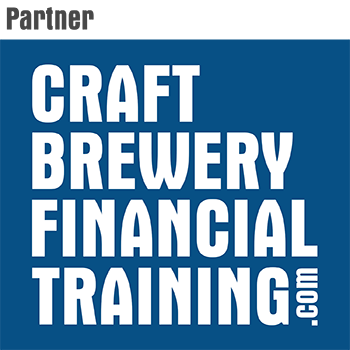 Everyone loves cash, but few distributors focus specifically on improving cash flow. The focus is on sales growth first, and everything else second. A distant second. Nothing wrong with sales growth, it’s critical to our success and sustained viability. However, sales growth eats cash (increased inventory, accounts receivable and adds to personnel). The key is to grow sales profitably and keep a close eye on the impact this has on cash flow.
Everyone loves cash, but few distributors focus specifically on improving cash flow. The focus is on sales growth first, and everything else second. A distant second. Nothing wrong with sales growth, it’s critical to our success and sustained viability. However, sales growth eats cash (increased inventory, accounts receivable and adds to personnel). The key is to grow sales profitably and keep a close eye on the impact this has on cash flow.
Positive cash flow is critical to ensure distributors can pay the bills, re-invest in the business, and take dividends. Profitability is important, but without solid, positive cash flow, profits are just numbers on the bottom of your income statement.
The Checklist below was written to give you actionable steps to follow to improve cash flow in your company, while still growing the sales line on the income statement.
- Know The 10 laws of business.
- Law #1: Don’t run out of cash. Law #10: Don’t run out of cash. All the rules in-between don’t mean crap.
- Understand the difference between profit and cash flow.
- Most importantly, understand that there is a difference and it can be very large. Profit is good, but is only one component of your cash flow.
- Transform your company by leveraging the Five Drivers of Cash Flow:
- Accounts Receivable (money in). It’s where your sales dollars live until you collect.
- Accounts Payable (money out). It’s where your purchases live until you pay the bills.
- Inventory. That’s cash on the shelves, not just beer, safeguard it with your life (or at least some solid procedures).
- Capital Expenditures. Trucks, equipment, and warehouse improvements, oh my.
- Operating Performance (profit). The bottom line. Your P&L only tells part of the cash flow story.
- Note that 4 of 5 cash flow drivers above live on your balance sheet (not P&L). This is a helpful reminder to give your balance sheet some love. Have your finance people provide this information to you on a regular basis – your cash flow depends on it.
- Implement this simple system to manage your cash flow drivers:
- Know the score. Use a metric to track how well you are doing with each cash flow driver. For example, the number of days sales in inventory.
- Educate your team on what the metric is, and how it’s calculated. Show them how they can make a difference and improve the result.
- Set a goal to improve the score, the metric. Use industry benchmarks, or benchmark against past company performance. Communicate the goal to those who can influence the outcome.
- Monitor the score, track progress towards the goal, and provide regular updates to your team.
- Celebrate the win. Free beer works well here.
- Ask this question of yourself regularly: “What did I do today to improve cash flow?” Examples: visit a key customer and say thank you, review product margins to improve operating results, cut an un-necessary expense, provide financial training and education to your team.
- Hire people who care. This is obvious, right? But we often hire people who have the right experience, background or education. Find and hire people who care, people who are dialed-in to what they are doing. You want someone who is excellent at collecting money? Hire someone who loves to collect money (because most people don’t). You want someone who is great at managing inventory? Hire someone who loves to be with the inventory, to count it, to communicate and sing the praises of it. Hire people who care.
There is a difference between profit and cash flow. Understanding this is the first step to improving, and eventually mastering the art of cash flow in your company. Along with profit, accounts receivable, accounts payable, inventory and capital expenditures have a big impact on your cash flow, and need to be closely monitored and managed. This guide has presented specific, actionable steps you can implement in your company today to help you do this.
Know the 10 laws of business, recognize the difference between profit and cash flow, learn five drivers of cash flow, and implement the cash flow system. Now you have the knowledge and the tools. Get out there, take action, and master the art of cash flow in your business.





